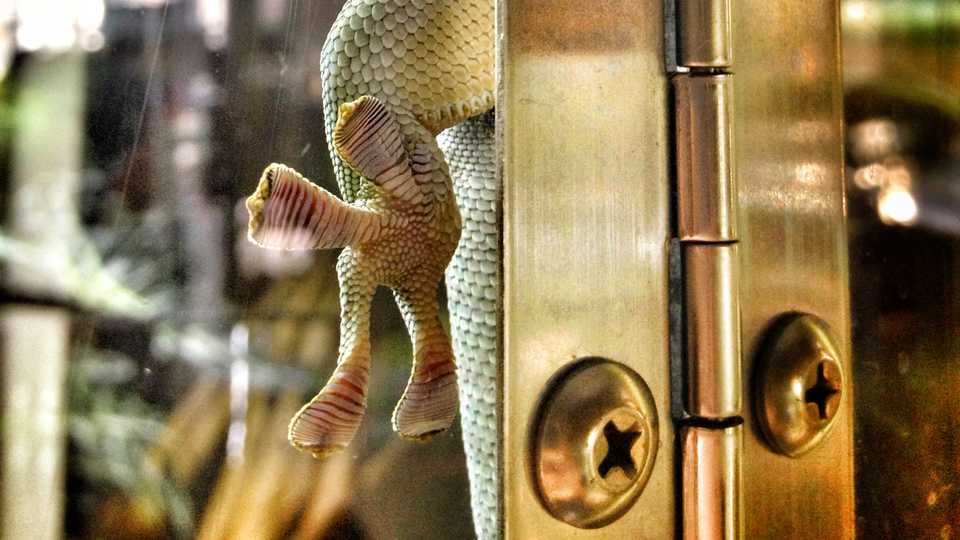Science News
Recent News in Biomimicry

As much as we focus on the natural world, at Science Today we also love biomimicry and bio-inspired technology! Here is a roundup of the latest.
Biomimicry is the study of living organisms in order to better inform efficient design principles in engineering, medical devices, architecture, and other fields of human innovation. Life on Earth as we know it has evolved over an estimated 3.8 billion years, and many researchers consider this cumulative “information base” of form, function, and process to complement and even exceed many of our current best practices.
Biomimicry may be a newer word, but the concept itself is an old one. From Leonardo Da Vinci’s flying machines to Japan’s Shinkansen train, we have often looked to nature and wondered how things function the way they do. In our current era, the related fields of robotics and bionics are both groundbreaking technologies and familiar staples of film, media, and popular culture. As we come to better understand the living world around us, through improved research and imaging capabilities, our possibilities to learn from biology’s innovation grow as well.
Recent discoveries in biomimetics have yielded valuable insights into solar power, water management, and other key topics of sustainability. In June, researchers at UCLA published a study on a promising new solar panel and battery hybrid based on the photosynthetic process of plants. Just last week, a group at Germany’s Aachen University made breakthroughs in understanding the water-funneling skin of the Texas Horned Lizard and its potential applications in water distillation, heating systems, and medical design.
Biomimetic principles have also made great advances this year in materials science and nanotechnology—where seemingly simple changes of surface and pattern translate to big gains when implemented on a small scale. Christian Greiner and Michael Schäfer of the Karlsruhe Institute of Technology recently replicated a snakeskin-inspired pattern onto steel at the micrometer level, reducing surface friction by a whopping 40%. The relatively new and promising field of 3D printing continues to buzz with the study of plant structures, leading to stronger, porous, and more responsive materials. Earlier this year, the teeth of the common limpet Patella vulgata were proven to be stronger than both Kevlar and spider silk, a long-time contender for the strongest natural substance in the world.
Conservation and citizen science efforts, such as AskNature, Zooniverse, the Encyclopedia of Life, and the Academy’s iNaturalist app, are becoming more important than ever to document biodiversity and the many vulnerable species that may yet provide us with these novel insights. As research continues, we are better able to understand the ways in which terrestrial life has adapted to live, thrive, and best utilize resources, and how those adaptations can inspire our own constructed world.
Image Credit: Jessica Decker / California Academy of Sciences